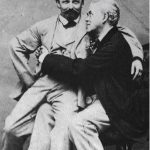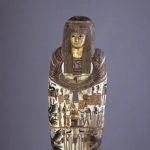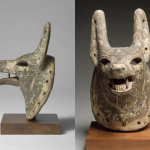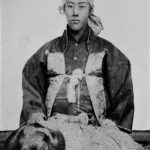Votive Statuette in the Form of an Ibis
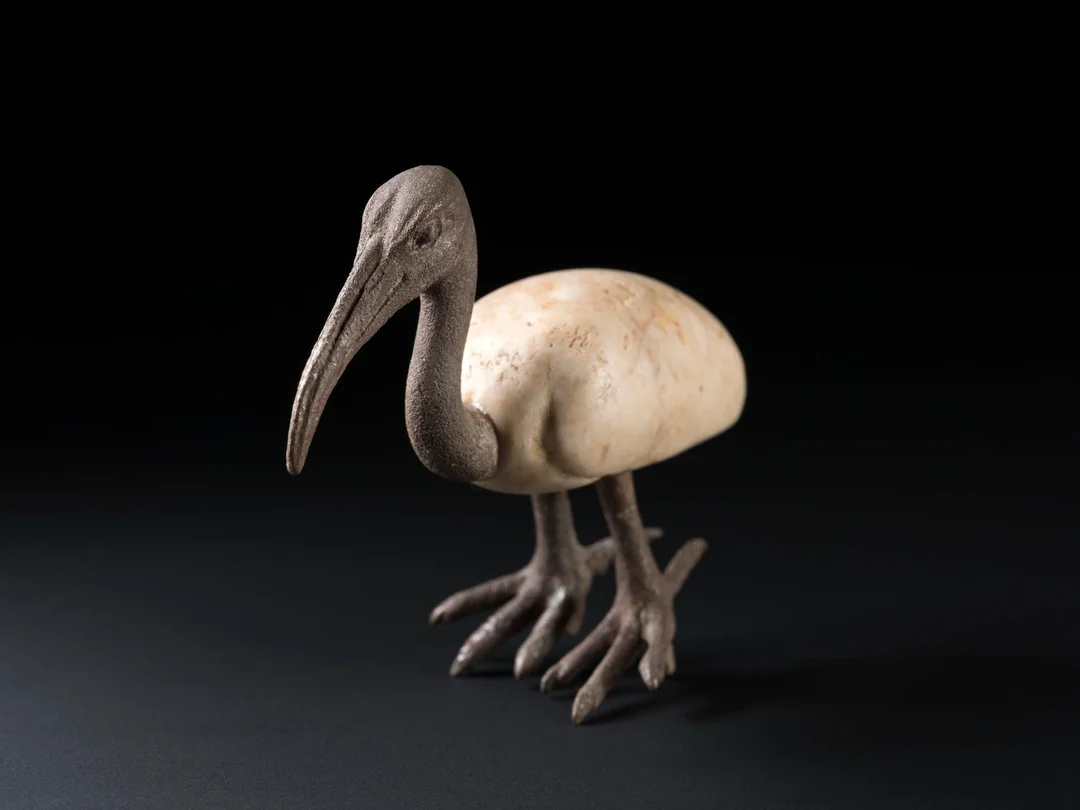
Votive Statuette in the Form of an Ibis
Late Period, Ancient Egypt, c. 664–332 BC
This votive statuette depicts an ibis, crafted with a body of travertine (Egyptian alabaster) and a head and legs of copper alloy. In ancient Egypt, the ibis was a sacred manifestation of Thoth — the god of divine wisdom, writing, and judgment. The particular species associated with Thoth is the African Sacred Ibis (Threskiornis aethiopicus), which became extinct in Egypt during the mid-19th century. Characterized by its white body and black head, wing tips, and tail, the bird’s coloration is reflected in this piece. The statuette may originally have included an additional dark-colored element for the tail, now missing.
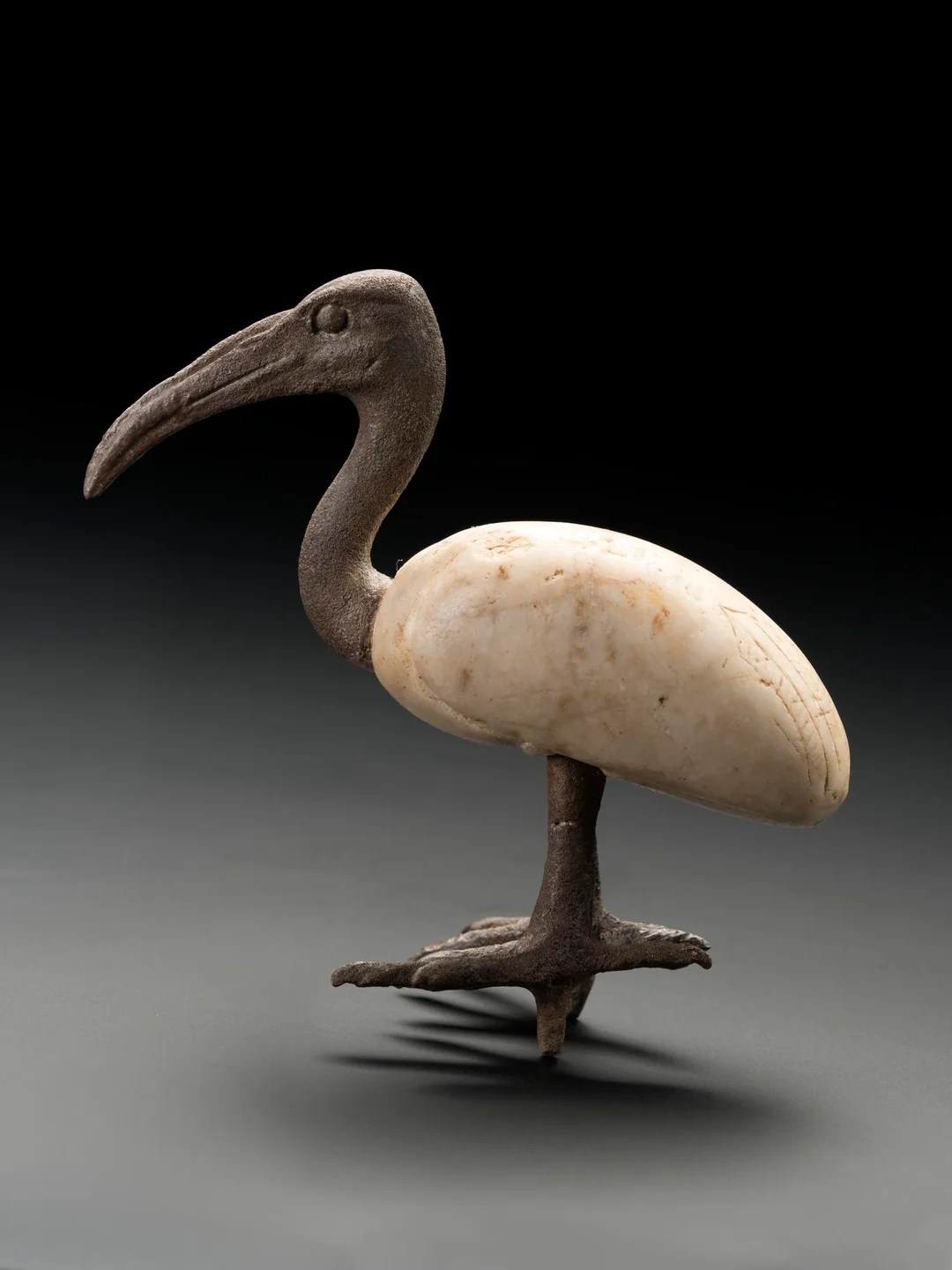
The ostrich feather, a symbol of the goddess Ma’at — the divine embodiment of truth, justice, and cosmic order — often appears in association with Thoth. As the divine scribe and judge, Thoth was closely linked to the principle of ma’at. In the Hall of Judgment, he was believed to weigh the heart of the deceased against the feather of Ma’at to determine the righteousness of one’s earthly life.
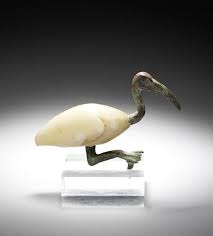
Beyond this role, Thoth was renowned as a wise arbitrator, consulted even by other gods for his counsel. The ibis figure may also allude to Thoth’s mythic quest to retrieve the Eye of Ra, frequently identified with Ma’at herself. Thus, this votive offering could symbolize Thoth’s search for Ma’at amid the papyrus marshes — a poetic expression of the pursuit of truth and balance.
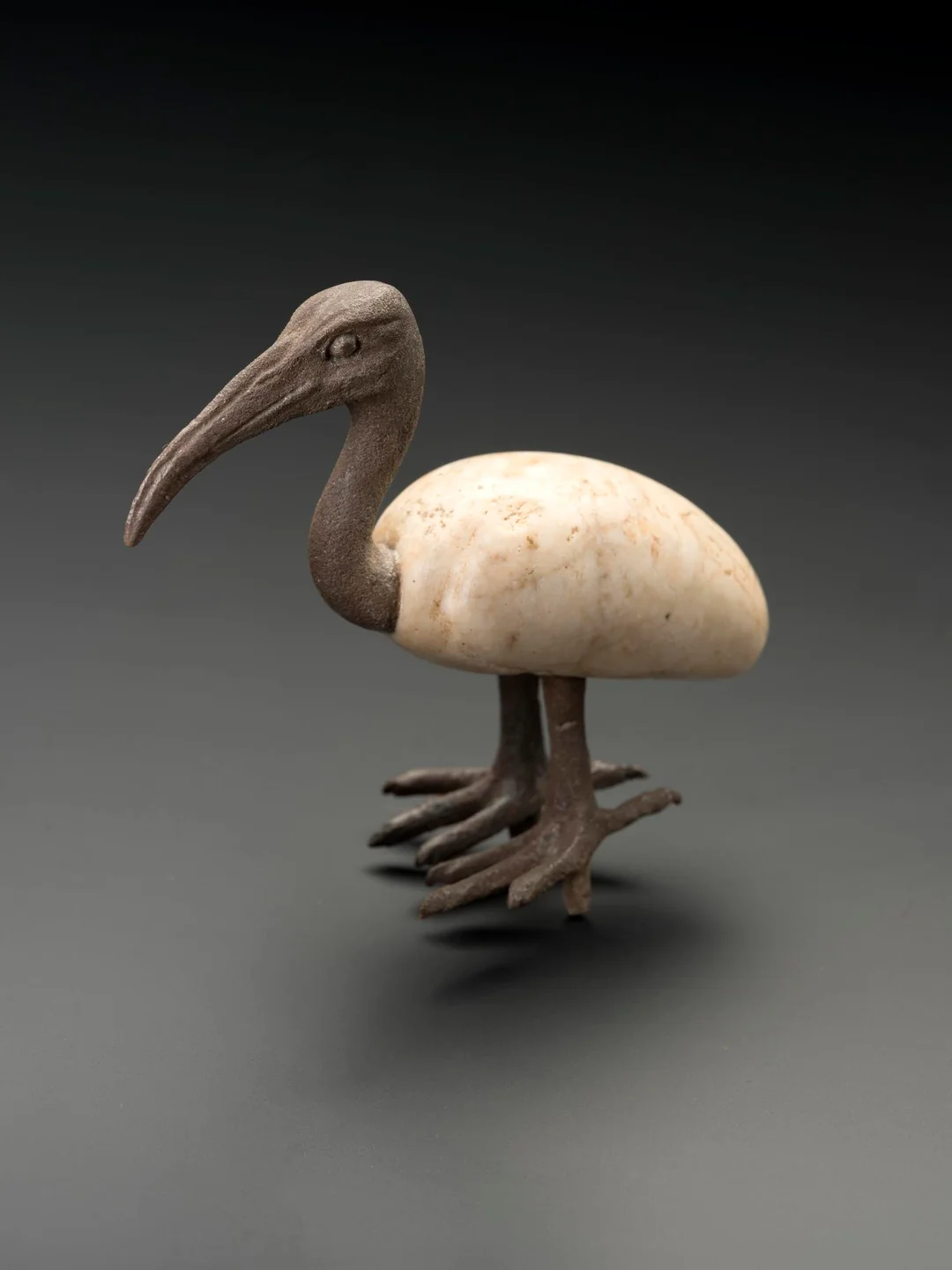
Museum Reference: A.1965.425
Date: Late Period, Ancient Egypt (c. 664–332 BC)




